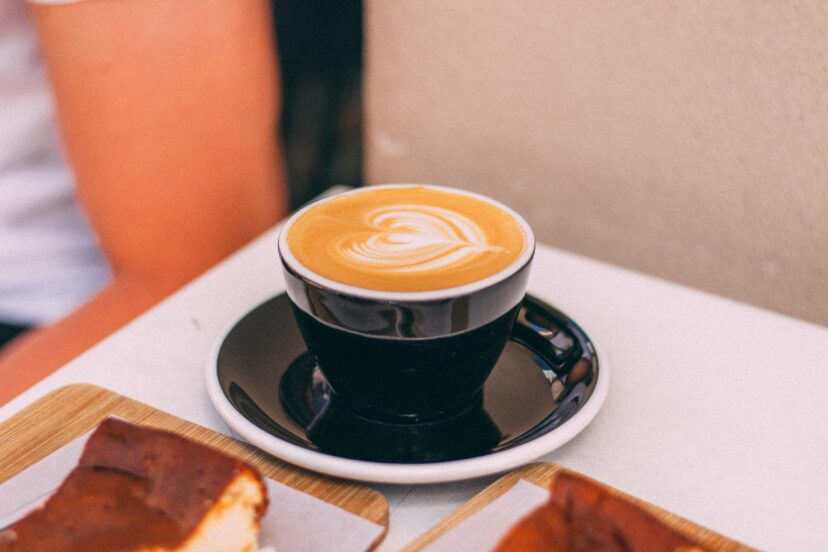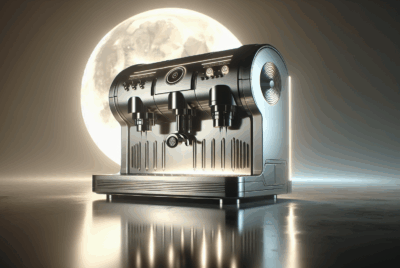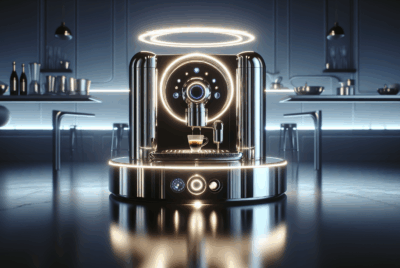How Much Espresso is Too Much?
As an Amazon Associate, I earn from qualifying purchases, at no additional cost to you. Disclaimer
As a steadfast coffee aficionada, I was always intrigued by finding out how much espresso is too much. If, like me, you also start your day with the alluring aroma of coffee, you may find this discussion both intriguing and enlightening. Whether you’re a casual espresso sipper or a bona fide connoisseur, navigating the limits can be tricky. This thought grips me as I sit down, cradling my coffee mug snugly, eager to spill the beans on just how many shots of espresso might be too much for your daily caffeine fix. Let’s brew some knowledge together.

Understanding Espresso Drinks
As a dedicated coffee enthusiast, I’ve developed quite the palate for espresso-based drinks. Let’s dive into the delectable world of this intense, full-bodied brew that serves as the backbone for so many coffee lovers’ favourite beverages.
The Basics of Espresso
At its core, espresso is simply a brewing method. It involves forcing highly heated water under high pressure through finely ground coffee beans. This process intensifies the flavours, resulting in a thicker, creamier, and stronger-tasting shot of coffee – that wee cup of magical elixir we recognize as espresso.
The Difference Between Espresso and Other Coffees
Espresso may look similar to your traditional cup of joe, but there are distinct differences. Unlike drip coffee, espresso has a full-bodied, strong taste, with a unique texture from the emulsified oils and finer grind of the beans. And of course, there’s the crema on top – that delightful layer of frothy goodness that you don’t find in regular coffee.
Various Espresso-based Drinks
Espresso is the base for many familiar coffee drinks. Your morning cappuccino? It starts with a shot of espresso. Your refreshing iced mocha? Also espresso-based. Other common espresso drinks include the latte, the macchiato, the flat white, and the Americano. Each drink uses espresso as a base and is differentiated by milk content and preparation style.
The Caffeine Content in Espresso
Ever wondered about the caffeine content in your cup of espresso? It might be different than what you think!
Compared to Regular Coffee
Contrary to popular belief, a standard serving of espresso actually contains less caffeine than a serving of regular brewed coffee. This is mainly due to the serving size. A typical shot of espresso is around 1 ounce and contains about 63 milligrams of caffeine, whereas an 8-ounce cup of coffee has approximately 95 milligrams of caffeine.
Variations Based on Bean Type and Brewing Method
The caffeine content in espresso can vary based on factors such as the type of coffee bean used and the brewing method. For instance, Robusta beans typically contain more caffeine than Arabica beans.
Misconceptions About Espresso’s Caffeine Content
There is a common belief that espresso contains more caffeine than other coffees, but as we discussed earlier, this is largely due to the difference in serving size. However, when it comes to roasting, darker beans used in espresso actually have slightly less caffeine than lighter roasts because the roasting process burns off some of the caffeine.
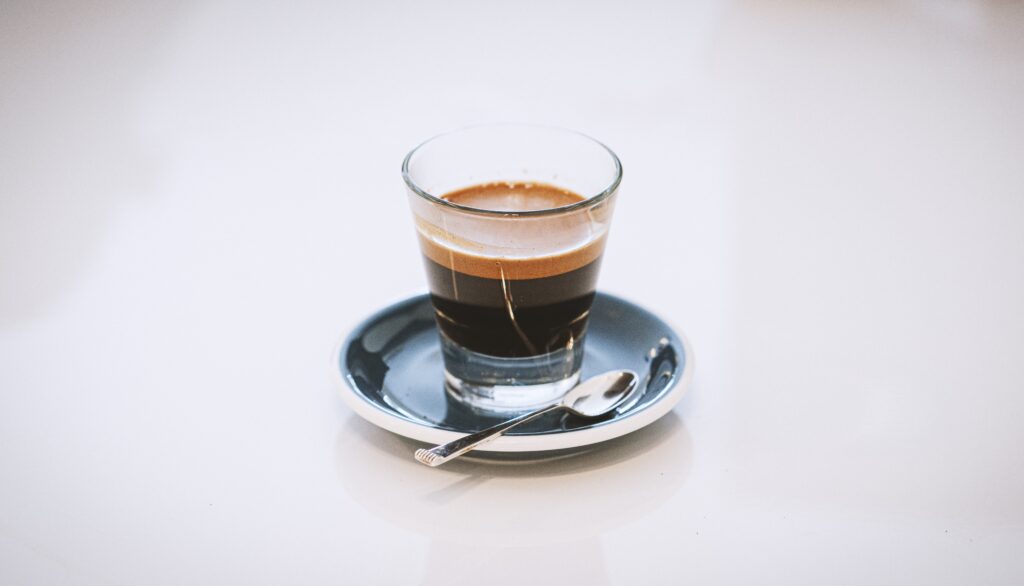
Effects of Too Much Caffeine
Just as with any substance, consuming too much caffeine can have some notable side effects.
Short-Term Side Effects
Short-term side effects of consuming too much caffeine can include restlessness, insomnia, increased heart rate, stomach upset, and jitteriness. You might also experience a crash once the caffeine wears off, leading to fatigue and irritability.
Long-Term Side Effects
Regularly consuming high amounts of caffeine can lead to more serious long-term side effects such as anxiety, digestive issues, high blood pressure, and even addiction.
Caffeine Overdose and Its Symptoms
While rare, it’s also possible to overdose on caffeine. Symptoms can include racing heart rate, vomiting, disorientation, seizures, and in severe cases, it can be life-threatening. If you suspect a caffeine overdose, it’s crucial to seek medical attention immediately.
Caffeine Tolerance and Individual Variations
Caffeine affects everyone differently, so it’s key to understand your own tolerance and sensitivity levels.
Understanding Caffeine Tolerance
Caffeine tolerance refers to how much your body can consume before you start experiencing negative effects. Regular and frequent caffeine consumption can lead to an increased tolerance, meaning you may need more caffeine over time to get the same effects.
Factors Affecting Individual Caffeine Sensitivity
Several factors influence individual caffeine sensitivity, including age, weight, overall health and levels of regular consumption. Some people may experience side effects even with small amounts, while others may consume much larger amounts with fewer effects.
Genetic and Lifestyle Factors Contributing to Caffeine Tolerance
The way your body metabolizes caffeine can also significantly depend on genetic and lifestyle factors. For instance, genes can affect how quickly your body processes caffeine, while lifestyle factors like smoking can increase caffeine metabolism causing it to clear from your system faster.
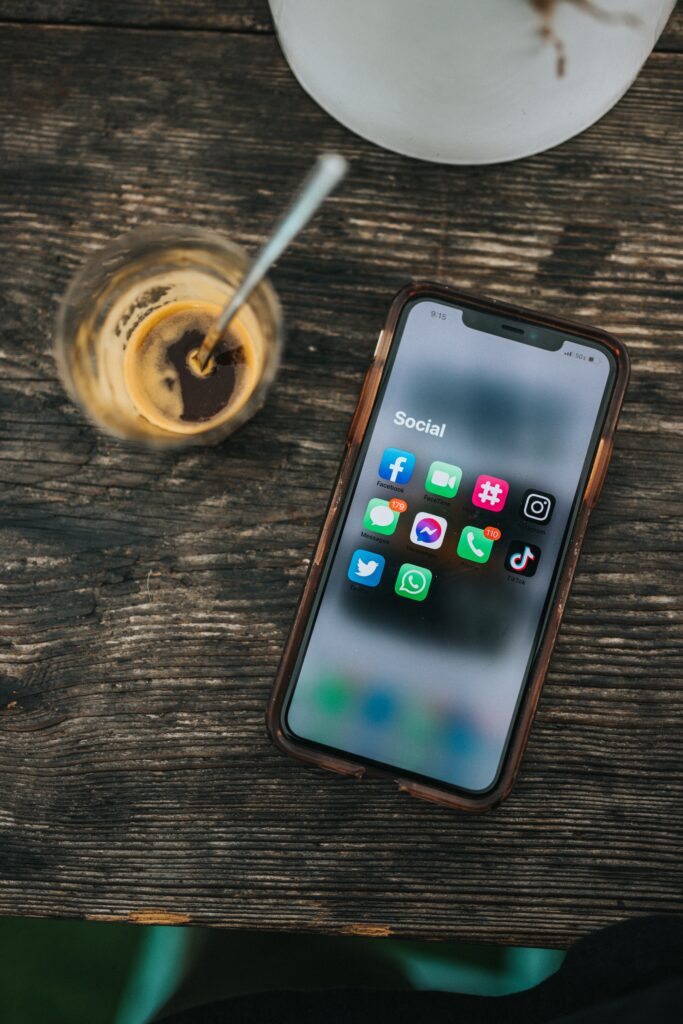
The Recommended Caffeine Intake
When it comes to caffeine, it’s crucial to know how much is healthy for you.
Daily Limit Recommended by Health Organizations
Most health organizations recommend a moderate caffeine intake for adults, which is generally defined as up to 400 milligrams per day — the equivalent of about 5 shots of espresso or 4 cups of regular coffee.
Variations for Pregnant Women and Young Individuals
For pregnant women, the recommended caffeine limit is lower — 200 milligrams per day. Similarly, adolescents’ recommended intake is also significantly less. It’s always best to consult with a healthcare provider to understand how much caffeine is safe for your specific situation.
The Concept of ‘Safe’ Caffeine Intake
‘Safe’ caffeine intake refers to the maximum amount that most adults can consume daily without experiencing negative side effects. However, sensitivity varies wildly from person to person, so what feels like too much for one person might be just right for another.
How Many Shots of Espresso Are Too Many?
With caffeine intake limits in mind, let’s attempt to translate it into the language we all understand – espresso shots.
Interpreting Caffeine Limits in Terms of Espresso Shots
Remember the common recommendation for adults is around 400 milligrams of caffeine per day? In terms of espresso, this equates to approximately 6 shots. But remember, this is an upper limit, and less is often better—especially if you’re sensitive to caffeine.
Factors Affecting the Caffeine Content in A Shot of Espresso
Several factors can affect the total caffeine content in your shot of espresso, including the type and amount of coffee beans used, the brewing process, and the precise serving size. Typically, a shot of espresso, which is about 1 ounce (30 ml), contains about 63 milligrams of caffeine.
Personalized Espresso Consumption Recommendations
When it comes to espresso consumption, everyone is different. Some people can handle a few shots a day without any negative effects, while others may feel overstimulated after just one shot. It’s always best to listen to your body and consult with a healthcare professional if you’re unsure about your caffeine consumption.
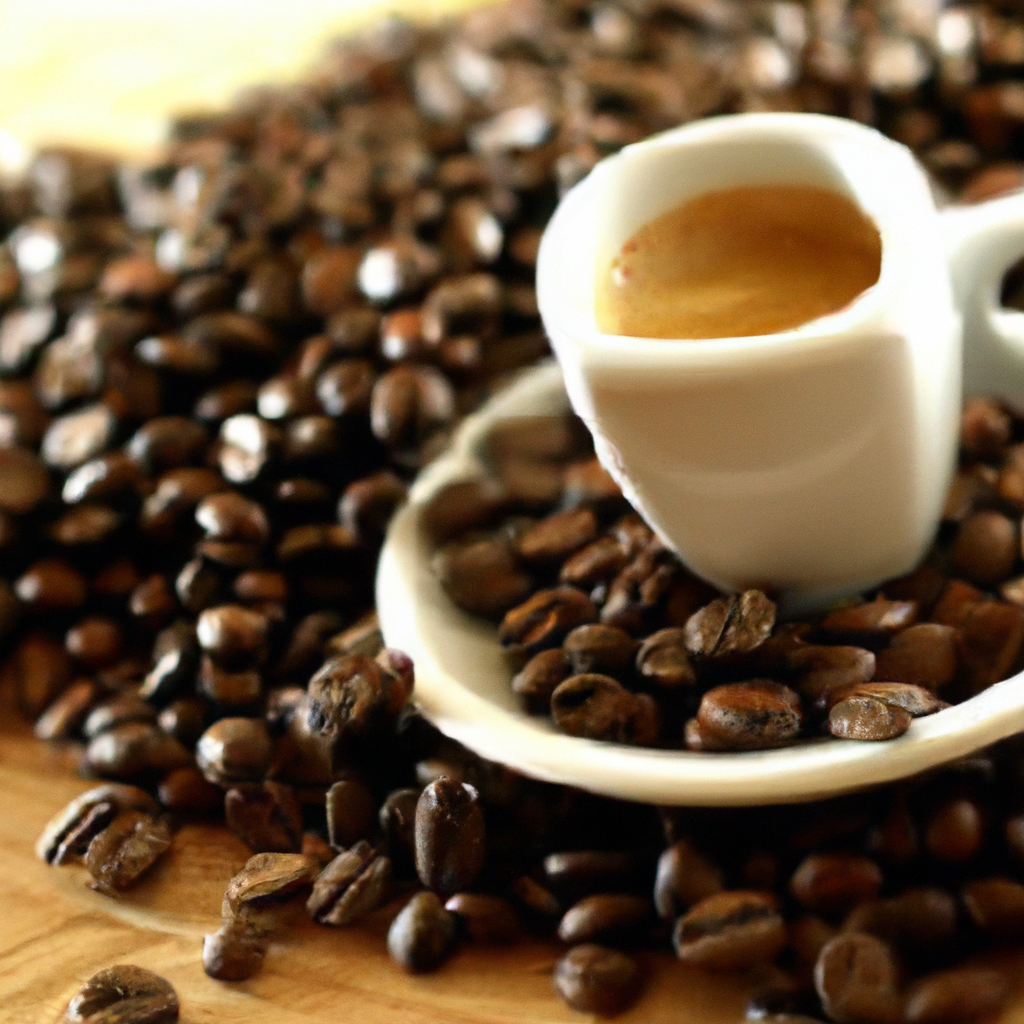
Potential Health Benefits of Espresso
Beyond giving us that energy buzz, espresso consumption can also offer some health benefits.
Improved Cognitive Function and Memory
When consumed in moderation, espresso can improve cognitive function and memory. It does this by blocking the neurotransmitter adenosine, which leads to greater firing of neurons in the brain.
Increased Metabolism and Weight Loss
Caffeine in espresso can boost metabolic rate, increasing fat burning and aiding in weight loss. However, these effects might be more pronounced in lean individuals as compared to those who are obese.
Protection Against Certain Diseases
Some research has suggested that regular and moderated espresso consumption can potentially reduce the risk of diseases like dementia, Parkinson’s, and certain types of cancer, including liver and colorectal. However, more research is needed in this area and all dietary decisions should be made in consultation with a healthcare professional.
Potential Risks and Drawbacks of Espresso
While espresso offers several health benefits, it’s crucial to also know the potential risks and drawbacks.
Potential for Addiction and Withdrawal Symptoms
If you drink espresso regularly and then suddenly stop, you may experience withdrawal symptoms such as headaches, drowsiness, and irritability. Furthermore, regular and high consumption can potentially lead to caffeine dependence.
Negative Impact on Sleep Quality
Caffeine is a known stimulant and consuming it, especially later in the day, can negatively impact your sleep quality. It can lead to difficulties in falling asleep, interruptions in sleep, and can affect the restorative nature of sleep.
Increased Blood Pressure and Heart Disease Risks
In some individuals, especially those with certain health conditions, espresso consumption can increase blood pressure, potentially raising the risk of heart disease. It’s important to consult your healthcare professional to discuss your caffeine consumption if you have high blood pressure or other heart-related conditions.

Balancing Espresso Consumption for Your Health
As with most things in life, the key to healthy espresso consumption is balance.
Tips for Moderate and Mindful Consumption
Listen to your body and drink espresso responsibly. Start slow if you’re a beginner, keep track of your intake throughout the day, and try not to consume caffeine too close to bedtime. Remember, while a morning espresso can be a delightful way to start the day, the secret lies in moderation and mindful consumption.
Alternatives to High-Caffeine Espresso Drinks
If you find your caffeine intake creeping up, you could consider alternatives such as decaffeinated espresso or other low caffeine beverages. Another option is to add more milk to your coffee to dilute the caffeine.
When to Seek Medical Help for Caffeine-Related Issues
If you’re experiencing symptoms that may be linked to excessive caffeine intake, such as severe insomnia, fast or irregular heartbeat, tremors, chronic headaches, or feelings of nervousness and anxiousness, it’s essential to seek professional medical advice.
Key Takeaways
To wrap things up, wise consumption hinges on these three key points:
Understanding Your Own Caffeine Sensitivity
Understanding your own caffeine sensitivity helps you determine how many shots per day is too much for you. Your personal threshold could be one shot or six shots a day or somewhere in between. It’s a very personalized thing.
The Importance of Moderation
The key message is moderation. Consuming any coffee-based drinks excessively can cause health concerns. Even if you’re a fan, be balance-conscious about your intake.
Healthy Espresso Consumption Habit
To maintain a healthy consumption habit, try to stick to the recommended daily limit, and remember to seek advice from a healthcare professional if you have any concerns about your caffeine consumption.
So now you’ve got a good grounding on how much is too much, you’re empowered to enjoy your coffee in a way that best suits your health needs and lifestyle.

